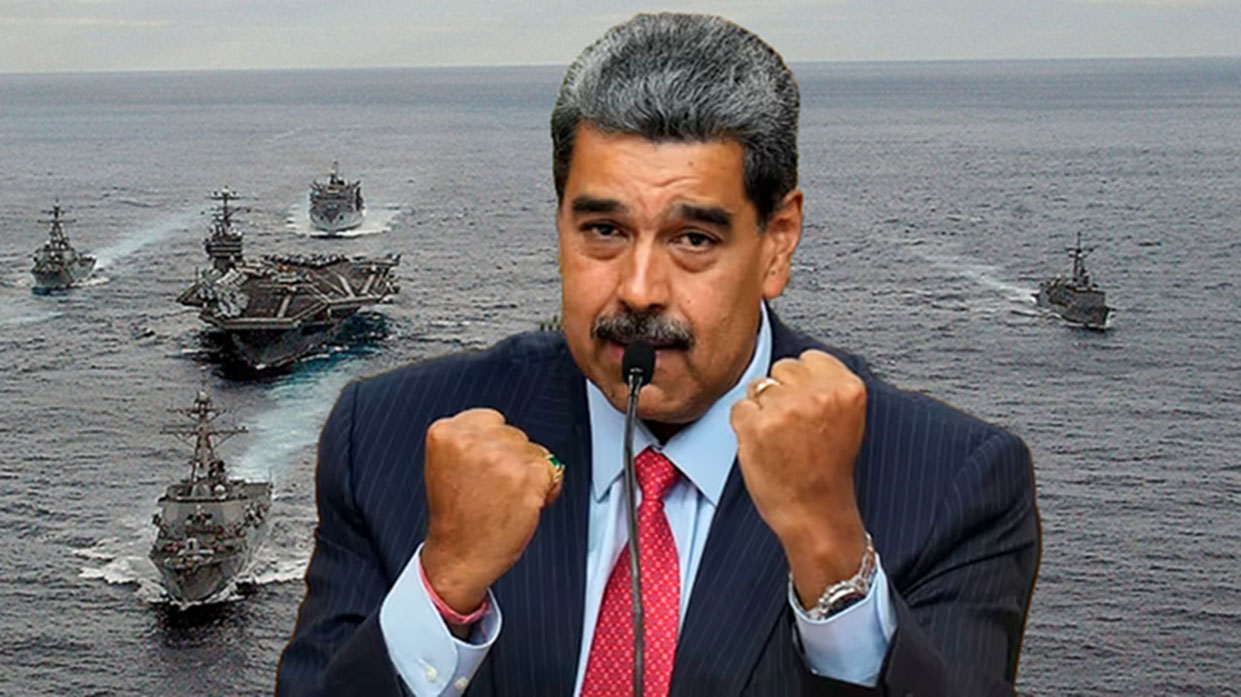Are we witnessing the start of the end of NATO as Europe decides to strengthen their armies with European-made equipment and European needs as a priority? All this is happening as NATO meets amid the Israel–Iran war and the ongoing conflict in Ukraine, two competing narratives have come to the fore. In the U.S.-led NATO narrative, President Donald Trump insists that European allies must sharply raise their defence spending—ideally to 5% of GDP—while exempting the United States from that target, framing it as essential to burden-sharing and deterrence. In contrast, the European view balances higher spending with strategic autonomy and social welfare, urging a more flexible approach that preserves Europe’s values, diplomatic initiatives in the Middle East, and its industrial base.
The U.S.-Led NATO Imperative
President Trump has made clear that he views current NATO defence spending as woefully inadequate and has called on allies to spend 5% of GDP on defence, while insisting that “this goal does not apply to the United States,” which he notes already spends roughly 3.4% of GDP on its military. “We’ve carried almost 100% of the burden,” Trump told reporters, demanding that “all NATO countries except the U.S. step up”.
When pressed on precise targets, NATO Secretary-General Mark Rutte offered a compromise pact of 3.5% for core military capabilities and an additional 1.5% for infrastructure, cyber, and related security efforts, a package he described as “a considerable extra investment”. U.S. Secretary of State Marco Rubio echoed that view, confidently predicting that “all NATO members will agree on a 5% goal over the next decade” at the June summit in The Hague.
Norway swiftly signalled its willingness to meet the full 5% threshold, with Prime Minister Jonas Gahr Støre declaring, “We must do more to secure our country and contribute to our common security with our allies in NATO”. Even Germany’s new government, after years below target, publicly backed higher spending, with Berlin’s foreign minister affirming “the result is 5%… and we will follow him in this respect” about Trump’s demand.
From Washington’s perspective, shifting more of the cost to European allies is not just about numbers but about deterrence credibility. A senior official told Reuters that “you’ve got to spend to have hard power,” warning that “this alliance, we believe, will in a matter of weeks commit to 5%” reuters.com. In U.S. strategic circles, a better-funded NATO is viewed as indispensable to counter both Russia and to free American resources for global hotspots such as the Indo-Pacific.
The European Perspective
While Europe broadly accepts that 2% of GDP is now merely a “floor, not a ceiling,” many capitals resist a rigid 5% rule, citing economic strains and social priorities. Spain, with the lowest NATO outlay last year at 1.28%, has led calls for flexibility. Defence Minister Margarita Robles stressed that “Spain’s commitment to NATO is total,” even as Prime Minister Pedro Sánchez formally requested either an exemption or an “optional” approach to any 5% target, arguing that imposing it “would be incompatible with our welfare state and our world vision”.
European Union leaders also emphasize that defence must align with broader strategic autonomy and diplomatic efforts, particularly in the Middle East. Commission President Ursula von der Leyen declared at Davos, “We will be pragmatic, but we will always stand by our principles: to protect our interests and uphold our values—the European way”. In parallel talks in Geneva, French President Emmanuel Macron warned that “nothing justifies strikes on civilian infrastructure; we need an urgent return to diplomacy” amid the war between Israel and Iran.
Public sentiment in Europe reflects this duality: while a majority back strengthening defence—some polls show over 70% favour a common EU security policy—citizens also worry about unchecked militarization and remain deeply attached to social welfare models. A representative of the EU’s foreign service noted, “Europeans want to hedge their bets: we must be capable of defending ourselves, but not at the expense of our core social contract,”.
Moreover, Europe’s leaders argue that industrial capacity and supply-chain resilience are as critical as raw budgets. France’s defence procurement chief has highlighted the need for “a strong European defence industry,” while NATO’s new Strategic Compass commits to joint projects under PESCO and coordinated arms purchases for Ukraine. This model—blending spending with shared capability development—aims to strengthen both NATO and Europe’s autonomy, ensuring the alliance can operate effectively even if U.S. attention shifts elsewhere.
As NATO’s 32 members head into the Hague summit, the question remains whether these narratives can be reconciled: a U.S. drive for uncompromising 5% spending and a European insistence on strategic nuance. Success will hinge on forging a flexible pledge that respects alliance unity, acknowledges economic realities, and sustains both the hard power and principles upon which NATO was founded.
Sources
Defense Spending by Selected NATO Countries (2024)aljazeera.com
| Country | Defense Spending (% of GDP, 2024) |
|---|---|
| Poland | 4.1% (highest in NATO Europe) |
| Estonia | 3.4% |
| United States | 3.4% |
| Latvia | 3.2% |
| Greece | 3.1% |
| UK (United Kingdom) | ~2.2% (approx.) |
| France | ~1.9–2.0% (approx.) |
| Germany | ~1.9% (up from 1.4% in 2022) |
| Italy | 1.5% |
| Canada | 1.4% |
| Belgium | 1.3% |
| Spain | 1.3% (among lowest in NATO) |
| NATO Europe (avg.) | 2.0% (combined GDP share) |
Sources: NATO estimates and national data.
The table above highlights the imbalances that underlie the debate. Nations like Poland and Greece already far exceed the old 2% benchmark, whereas several allies (including large economies like Italy) remain well below it. If NATO ultimately adopts a “5% of GDP” goal, it would be a historic increase in ambition, effectively more than doubling the spending target that prevailed for years. Even phasing it in over a decade would represent a massive shift of resources toward defence across Europe.


